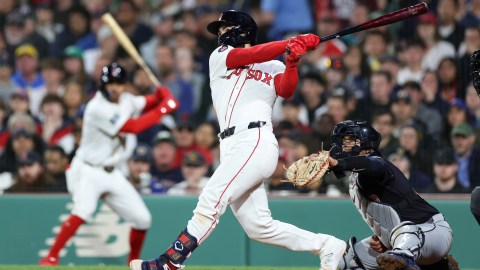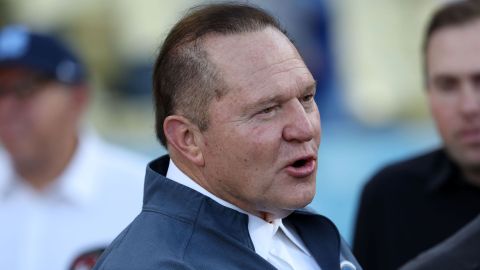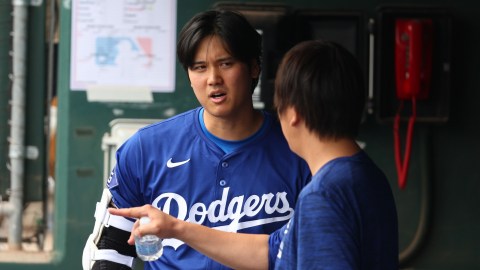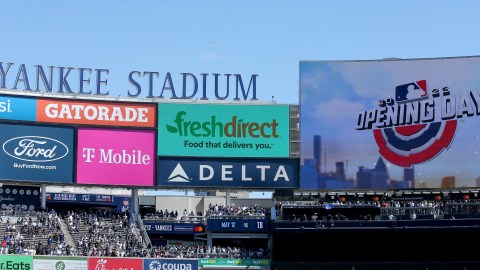 The names that they continually allow to walk out the door are impressive. The new faces they welcome in are almost always virtual unknowns or familiar ones that no one else wants around anymore. Yet the Tampa Bay Rays keep winning, year in and year out.
The names that they continually allow to walk out the door are impressive. The new faces they welcome in are almost always virtual unknowns or familiar ones that no one else wants around anymore. Yet the Tampa Bay Rays keep winning, year in and year out.
With a payroll that always ranks among the stingiest in Major League Baseball, the Rays shouldn’t be able to contend as often as they do. Sure, teams that don’t spend money can occasionally hit on the right combination of players to have a good year, but winning consistently is a different animal altogether. But that’s the goal of every big-league general manager: put a team on the field every single year that has a chance to win it all.
Of course, amazement at the Rays’ incredible success against improbable odds isn’t anything new. It’s been well documented that Tampa, led in the front office by Andrew Friedman and on the field by Joe Maddon, shouldn’t be winning with their resources, yet continues to annually. Monday’s trade of pitcher James Shields to the Kansas City Royals for prospect Wil Myers and others illustrates the kind of constraints Tampa Bay is working with.
It’s also not anything new to point out that the Rays have co-opted an organizational philosophy first championed by Billy Beane and the Oakland Athletics. But while the A’s went five seasons between 2006 and 2012 without a playoff berth, the Rays saw the postseason in 2008, 2010 and 2011. Still, that doesn’t tell the whole story, as the Rays haven’t won fewer than 84 games since 2008 (in fact, they’ve only had one season during that time where they didn’t win at least 90 games), while the A’s have had exactly one team manage a record over .500 during that same period.
The point here is consistent success and winning, which Tampa Bay has done over the past five years now.
So how has the team been able to be so good so often with extremely limited resources compared to its competitors — especially in the American League East? As we already mentioned, much of what the Rays are doing is based on an Oakland-like philosophy, but Tampa Bay has also exhibited its own take on the “Moneyball” model.
Though teams with lower payrolls have always had to trade high-priced talent as those players approach free agency, no team has ever done so with the aggression of the Rays. Granted, they let Carl Crawford and B.J. Upton leave without compensation, but they held on to those guys while Tampa Bay was right in the thick of playoff chases.
Scott Kazmir, Matt Garza, Edwin Jackson and now Shields (who is under one more season of team control) are just a few examples of players the Rays traded not only while they were still under team control, but in some cases years away from free agency. This underlies just how badly the Rays are hurting financially — never mind free agency, the Rays can’t even afford players headed to arbitration.
However, this is really where the Rays have shined over the years: swindling other teams in trades. Shipping out Delmon Young brought them back Jason Barlett and Garza. Getting rid of Aubrey Huff netted them Ben Zobrist. Trading away a sliding Scott Kazmir brought them back Sean Rodriguez. They somehow even parlayed Akinori Iwamura into a season of a nearly immaculate Rafael Soriano.
But it’s a twofold attack for the Rays in terms of building their franchise. In addition to ruling the trade market, Tampa Bay has done an impressive job of drafting young talent and graduating that talent to the big leagues. David Price, Jeremy Hellickson, Evan Longoria, Reid Brignac and Matt Moore are all examples of guys who were drafted by the Rays and have come up through the system.
Speaking of Longoria, he’s an interesting case as the one talent the Rays have spent a great deal of money to keep in house. In truth, Longoria is probably giving Tampa Bay a huge hometown discount and could earn much more than the six-year, $100 million extension he received. Nonetheless, that’s an almost unfathomable commitment for the Rays to make with their constraints, but a sign of just how special and important to the franchise they think Longoria is.
So, with the team making a similar leap of faith that Myers’ potential is worth giving away Shields for the 2013 season, don’t bet against the Rays. Given the team’s fairly incredible track record in talent evaluation, chances are Myers ends up the next Tampa Bay star to terrorize the AL East.



